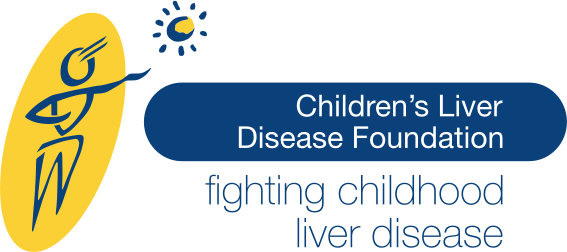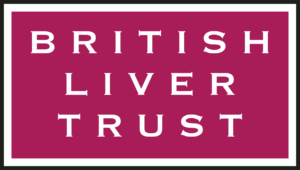Title: Thresholds for conjugated hyperbilirubinaemia and hepatobiliary scintigraphy in biliary atresia: a 12-year national follow-up
Source: Acta Paediatrica 2024, Dec 8. [E–publication]
Date of publication: December 2024
Publication type: Article
Abstract: Aim: To investigate liver biochemistry in infants screened for biliary atresia (BA) at the time of hepatobiliary scintigraphy (HS) and to evaluate the effect of change in threshold for HS.
Methods: Infants born from 2010 to 2021, who underwent HS <6 months postpartum for BA, were included and data sourced from electronic medical records. The change in threshold in 2018 from ≥20 (and/or if conjugated bilirubin exceeds 20% of total bilirubin) to ≥17 μM (regardless of total bilirubin) was evaluated.
Results: In the cohort of 635 infants, 48 had BA, 247 had AATD, and the remaining 343 were categorised as ‘other’. After the threshold adjustment, HS timing was unaffected (p = 0.27), but the annual HS rate rose from 39 to 87, yet evaluations following the new guideline only accounted for 12%. All liver parameters were elevated in the BA group compared with the additional groups (p < 0.001). Amongst the 104 patients with non-excretory HS, gamma-glutamyl transferase (p < 0.001) and alanine aminotransferase (p = 0.002) remained elevated for BA. The lowest conjugated bilirubin measured in BA children was 36 μM.
Conclusion: After threshold change, HS use increased without earlier BA diagnostics, but most were not due to the new guideline. Alanine aminotransferase and gamma-glutamyl transferase should be considered in BA diagnostics.

